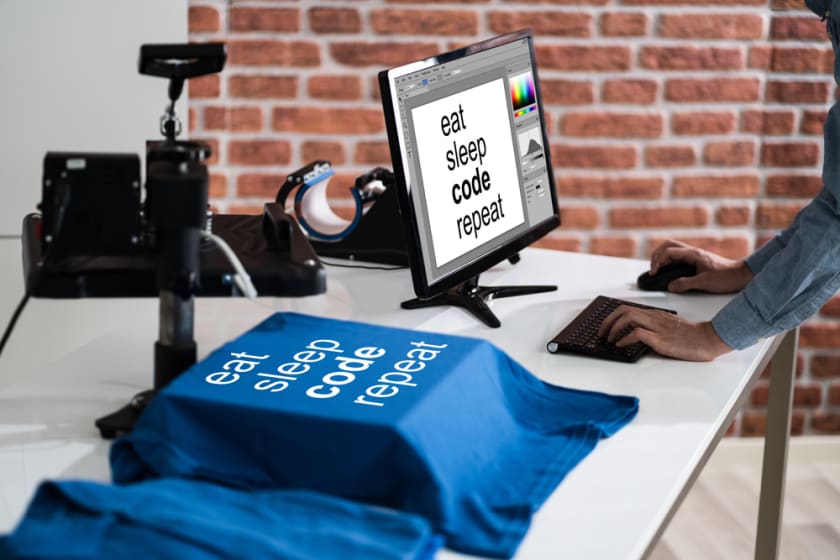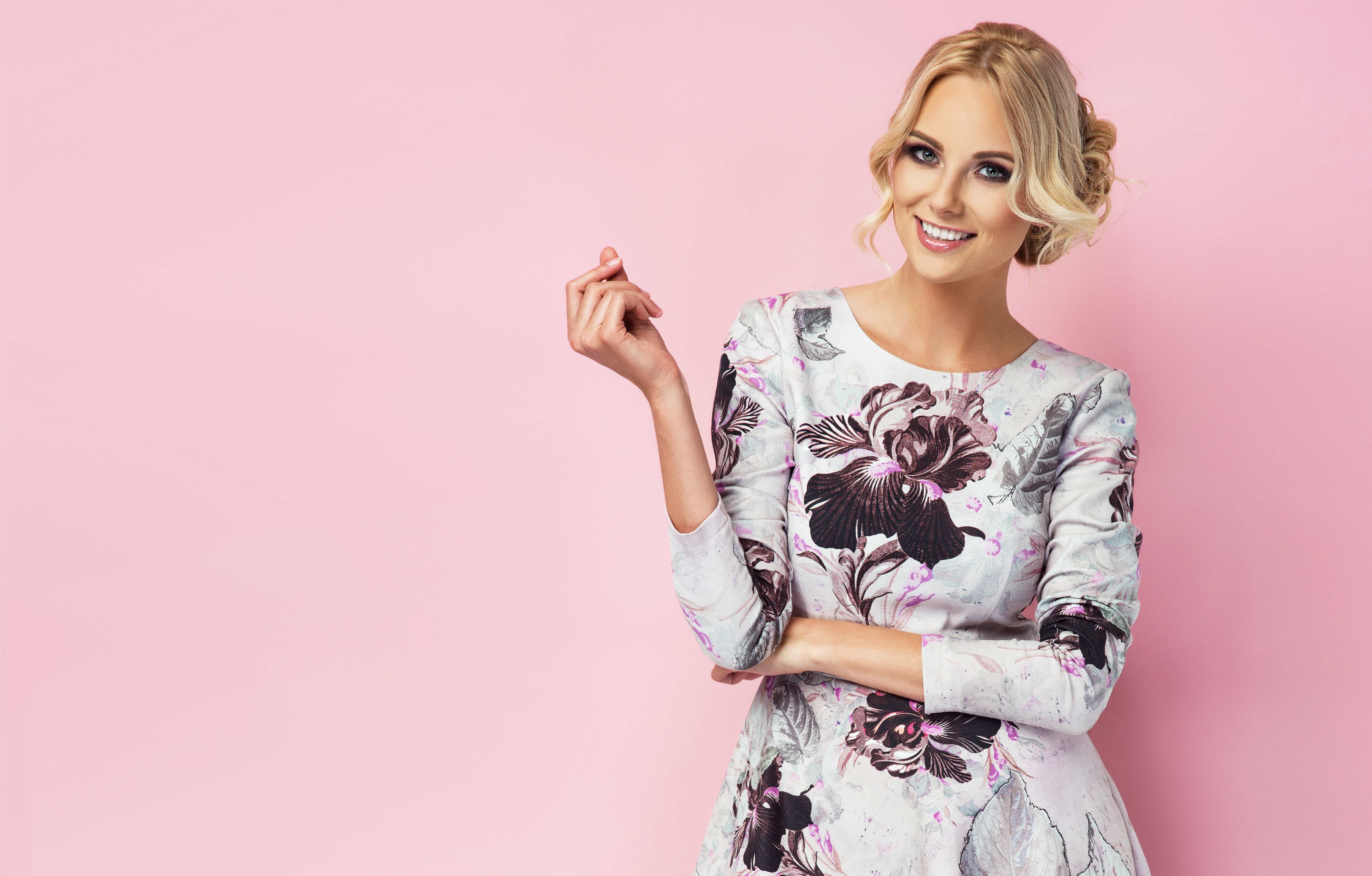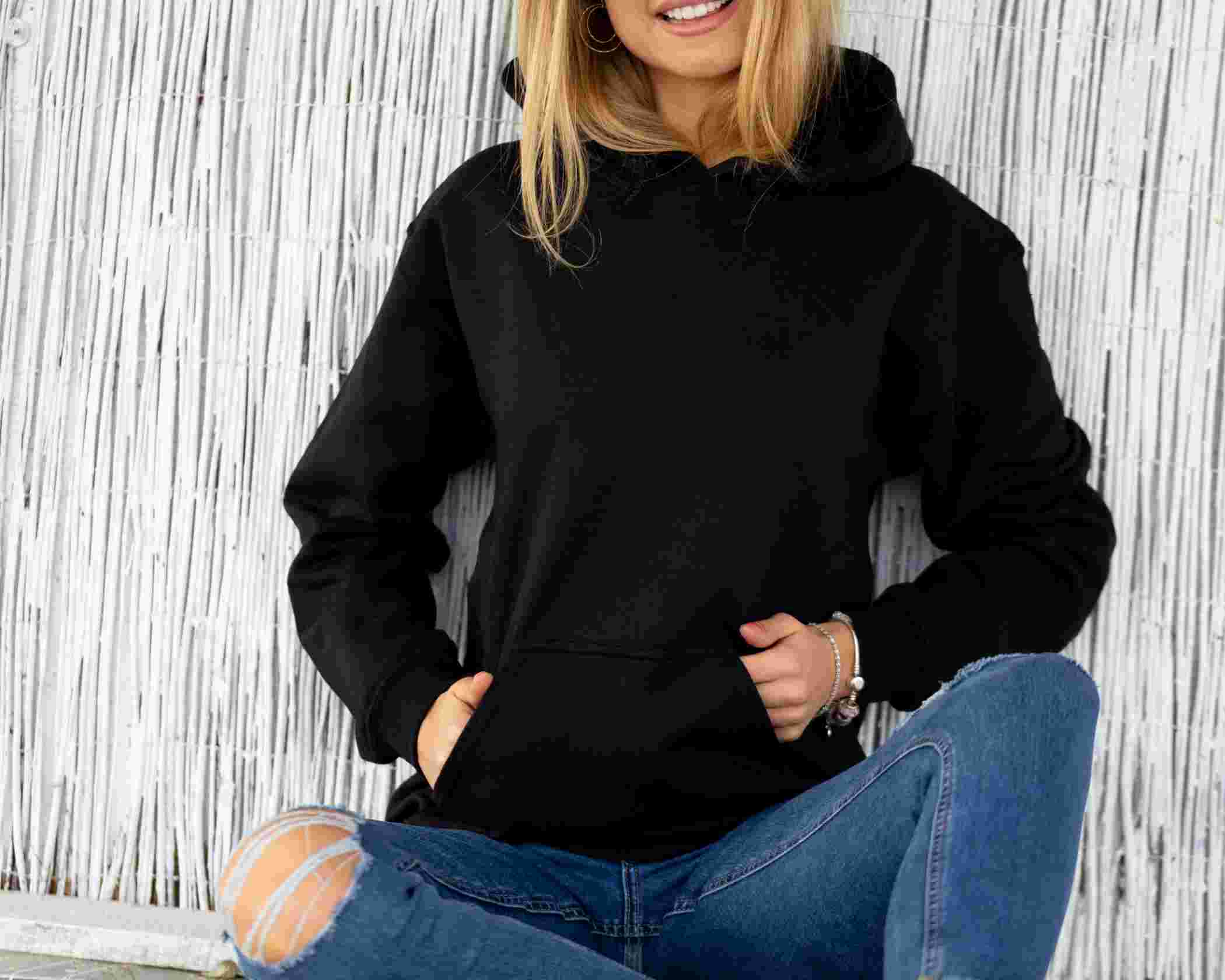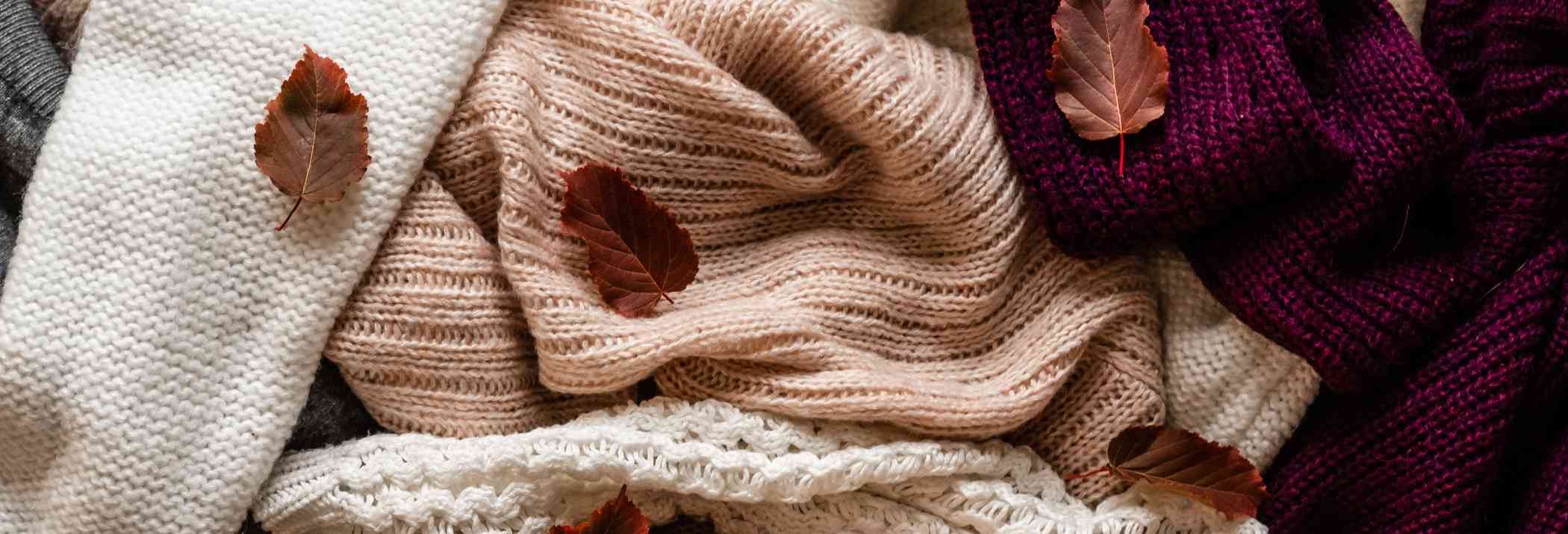Amazon's Patent for Making On-Demand Clothing



In April 2017, Amazon, the world’s largest e-tailer was awarded the patent for manufacturing clothes on demand. Unlike the current model wherein they liaison with multiple local fashion houses and garment manufacturers in each country and sell ready-made garments, this model is completely innovative.
In this model, they wanted their clients first to place an order for the garments before they start their manufacturing process. Print on demand shirts became instantly popular with the clientele across the globe, and to-date is yielding good business for the Amazon brand. Every stage of the process was automated as mentioned in this diagram-
How did it begin?
Amazon wanted to carve a niche for itself in the clothing industry and become a giant player in this business. They have their own clothing brands- Ayukta, Bourge, Centrino, Diverse, House & Shields, Longies, Symbol and Womanista. These eight brands manufacture clothes for kids, men and women across the globe.
The co-founders of the 3-D printing startup Mixee Labs joined Amazon in 2015, and Amazon decided to apply for the patent in the same year in the month of December. The names of these co-founders Aaron Barnet and Nancy Liang are mentioned in the patent documentation. They inspired the Fortune 500 company Amazon’s head honchos to apply for this paptent which in the longer run will be quite profitable for the brand.
What is print on demand shirts?
Print on demand concept will bring back the good old days of tailoring. Instead of buying ready-made shirts, a customer can place request for a consignment in bulk and the printing process will start once the order is received.
The textile printers will start the printing process once the client places the order for print on demand shirts. The cutting of each piece and making them go through the assembly line till the final product in different sizes will be recorded and shared with the client. If there is any feedback, it will be incorporated in the next batch and the chances of the consignment getting rejected will be very minimal.
This model will focus mainly on the efficiency of the assembly line, and the procurement of the fabrics, buttons, zippers and other materials required to manufacture the shirts will done only after the order from the client is received.
The manufacturing planner will decide on the manufacturing unit based on the shipping address so that the costs for transportation can be optimized.
After receiving the print on demand shirts request is received from the client, in the manufacturing unit the textile products will be printed, cut and assembled. Then the process o thorough quality check will be performed to see if the prints are similar and there is no problem in printing quality. Even the size of cutting will be passed through quality check to ensure that there is no wastage after the shirts are stitched. At this stage, the losses will be lesser than the losses which are incurred when the finished product does not pass the Quality Control (QC) parameters.
https://www.pexels.com/photo/man-and-woman-smiling-while-shopping-online-6238368/
Print on demand shorts process is more efficient than the traditional process
Once the printing and cutting process is completed and the items pass through the quality check, they are sent to the customer premises, or the garment manufacturing unit for order fulfillment. There the shirts will be stitched, buttons affixed, ironed, labeled as per size, and packed.
Labels for the brand logo and washing instructions too can be affixed at this process if the customer requests for the same. “By aggregating orders from various geographic locations and coordinating apparel assembly processes on a large scale, the embodiments provide new ways to increase efficiency in apparel manufacturing,” the patent reads.
https://pixabay.com/photos/t-shirt-fashion-drawing-2351761/
Duplicating this model to other categories
Aaron Barnet and Nancy Liang believe that the same for print on demand shirts model can be duplicated for manufacturing bedding, curtains, blinds, bedsheets, footwear, fashion accessories and many other categories. Amazon will be benefitted with this model as the wastage in discarded garments during QC check will be minimized.
It will also reduce holding the raw materials inventory as the fabric and other items for manufacturing the apparels will be acquired only after the client places the request for the products.
Since materials from various geographical locations will be collated and processed at one center, there will be uniformity in quality and patterns. It will increase the efficiency of the workers too, as every employee will do the same work again and again. The speed will increase as one employee will do one type of job.
How is it different from the current process?
Print on demand shirts and other apparels is a better model than the current process followed in various garment manufacturing units across the globe. The fashion house first manufactures the clothes and then tries to sell them. Hence, there is a huge cost involved right in the beginning and all the garments which were not sold during the season are sold off in half price or even lesser as ‘’end-of-season-sale.’’
This definitely reduces the bottom-line for any fashion brand. However, if the process of printing the material starts after the order is placed by the customer. There is much less wastage in this process and since the materials go through QC check twice, there are lesser chances of producing factory seconds.
https://www.pexels.com/photo/minimalist-multicolored-t-shirts-on-hangers-4530802/
Use of Technology
The entire supply chain for this print on demand shirts and other apparels will be managed by multiple technologies. State-of-the-art printing technology will be used to print the fabrics and they will last for a very long time. There will be multiple automation tools used in this process to identify key responsibility areas for production supervisors in the garment manufacturing factories. Brand representatives and automation architects will find solutions to support cloth factory operations, and will look for options to optimize them.
The entire process of supervising the production line in a cloth factory and managing the procure-to-pay cycle for the suppliers will be automated to reduce manual labor and optimize costs.
For increased efficiency and transparency, cameras would monitor the process of printing, cutting and assembling. These videos can be shared with the client on-demand.
In this automated process, an “image analyzer” could spot if anything in the process is not going as per the SOP (Standard operating procedure. If there are textiles bunching, stretching, during the printing process, the automated system will raise an alarm. If the clothes are not getting cut properly, even then before more damage occurs, the automated system will raise an alarm for the production supervisor available in that shift.
https://www.pexels.com/photo/prosthetic-arm-on-blue-background-3913025/
How to make this model successful after the fashion shows?
The four prominent fashion shows in Milan, Paris, New York and London pretty much regulate the fashion industry. Many sellers wait for the popular trends and place their requests immediately after the show.
Print on demand shirts and other garments can follow this model after a major fashion show. Most of the designs in the fashion show are released to the buyers immediately after a major fashion show concludes. The clients can place a large order after a major event and Amazon will be in a position to fulfill it.
The professionals of the Amazon team will be ready to accept the orders and this model can follow the fast fashion trends quickly. Since fast fashion does not give time to the designers to spend a lot of time creating the designs and releasing them for the buyers, this entire print on demand model will be able to cater to that population.
Zara has been a successful brand in the world of fast fashion and they too follow a similar model for manufacturing garments.
https://www.pexels.com/photo/woman-in-gray-coat-standing-on-stage-2920143/
Impact on the profitability figures for Amazon
The fashion network had predicted that Amazon will dominate 50% of the e-commerce revenue in the U.S by 2021. Even Statista corroborated with that prediction and mentioned that Amazon will be a leader in the space of gross merchandise volume (GMV). So for any item sold online, 50% of the same product was sold through amazon and the competitors will share the rest of the 50% GMV space.
The predictions came true and as per the data compiled by PYMNTS.com, Amazon’s market share of e-commerce sales in the United States hit a record-high of 56.7% in 2021. This is the third month of 2022, and this dominance is expected to continue.
This trend is not only for the U.S, but also for other markets where Amazon operates as the major e-commerce player. Germany, United Kingdom, Japan, Canada, France, India, Italy, Spain, Brazil, Australia, UAE and Mexico are the top markets for Amazon and they have increased their presence significantly in these locations. They have partnered with local sellers and have made e-commerce the way of life for the netizens in these countries.
They superfast delivery and facilities available to Amazon prime members have not been limited to the OTT platform, media and entertainment. Many consumers took up the Amazon Prime service to receive faster delivery of items.
https://www.pexels.com/photo/black-flat-screen-computer-monitor-4560039/
Conclusion
If you are a brand executive who wants more information about the latest trends on fabrics and fashion, do not hesitate. Fashinza is one such company that will make the journey worth your time.
With an in-depth analysis of the industry trends, this end-to-end B2B platform is the right place for you to find the right community. Head immediately to the Fashinza website and grab this beautiful opportunity. As we embark the New Year as per the Hindu calendar, let this be a new beginning for new collections for your fashion brand too.



















